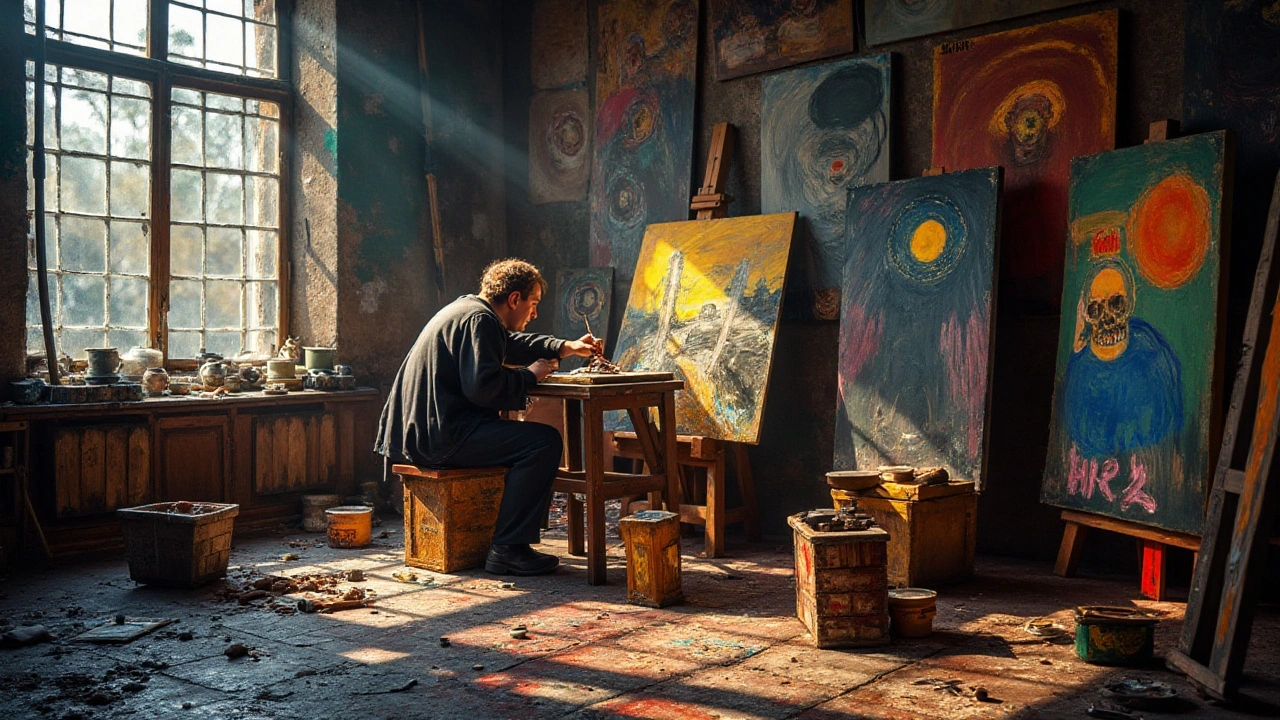History of Expressionism: Origins, Key Artists, and Legacy
Expressionism began as a reaction against realism and academic art in the early 20th century. Artists wanted to show inner feelings, not just what things looked like. They used bold colors, jagged lines, and distorted shapes to make emotions visible. This movement touched painting, film, theater, and literature and quickly spread from Germany to the rest of Europe and beyond.
The roots go back to around 1905, with groups like Die Brücke in Dresden and Der Blaue Reiter in Munich. Die Brücke artists—Ernst Ludwig Kirchner, Fritz Bleyl, Erich Heckel—favored raw energy and urban scenes. Der Blaue Reiter, led by Wassily Kandinsky and Franz Marc, leaned toward spiritual expression and symbolic color. Both groups shared a refusal of polite, decorative art and a drive to confront social anxiety, war, and alienation.
How World Events Shaped Expressionism
Expressionism matured alongside political and social upheaval. World War I and economic crisis pushed artists to respond to trauma and instability. Paintings often look aggressive or haunted because creators were processing pain, fear, and the breakdown of old certainties. After World War II, Abstract Expressionism in the United States picked up similar emotional aims but used new forms—action painting and large canvases—to emphasize personal freedom and existential struggle.
Style varied: some works are almost ugly on purpose, with harsh brushwork and clashing color; others suggest moods through simplified shapes and symbolic animals. Film directors applied Expressionist ideas too—think of distorted sets, high contrast lighting, and dramatic shadows in films like The Cabinet of Dr. Caligari. Those visual tricks influenced cinema for decades, especially film noir and horror.
Key Figures and Practical Takeaways
Know a few names to spot Expressionism: Edvard Munch’s The Scream prefigured the movement with its scream of color and line. In Germany, Kirchner and Marc set the tone; in the U.S., Jackson Pollock and Willem de Kooning later translated emotional intensity into abstract gestures. If you want to try Expressionist techniques, focus on feeling first: choose color for mood, not realism; distort form to intensify emotion; use fast, confident strokes to capture energy.
Expressionism still matters because it centers the human experience. It gives artists permission to prioritize emotion over accuracy and to use art as therapy, protest, or public confession. Galleries and museums rotate Expressionist works often because they connect quickly with viewers—faces, bodies, and city scenes hit a nerve. If you care about honest, raw art, Expressionism will keep showing up in new forms, from street murals to digital animation.
Look for Expressionism in smaller museums and local galleries as well as major collections. Many cities display German Expressionist prints, wartime sketches, or postwar abstracts in rotating shows. When visiting, stand back first to feel the overall mood, then come closer to see brushwork and texture. Try copying a favorite piece to learn gestures—use acrylic or oil, limit your palette, and push color choices. Joining a life-drawing group or taking a short workshop on color theory helps you translate feeling into mark-making.

